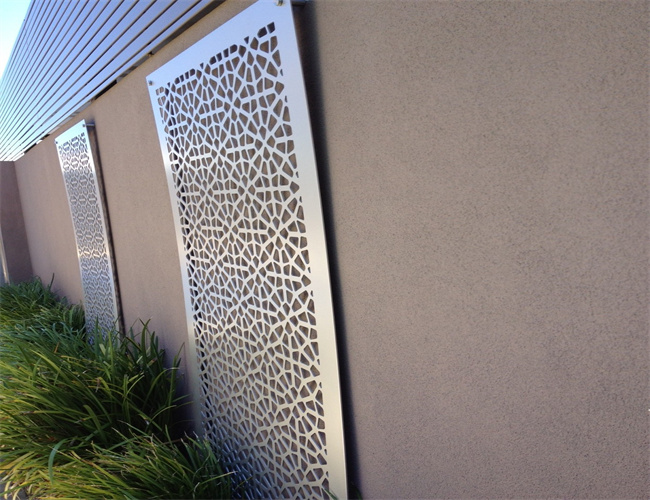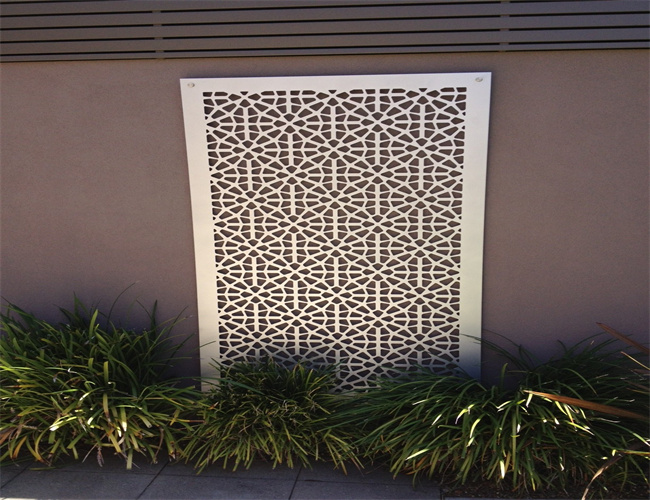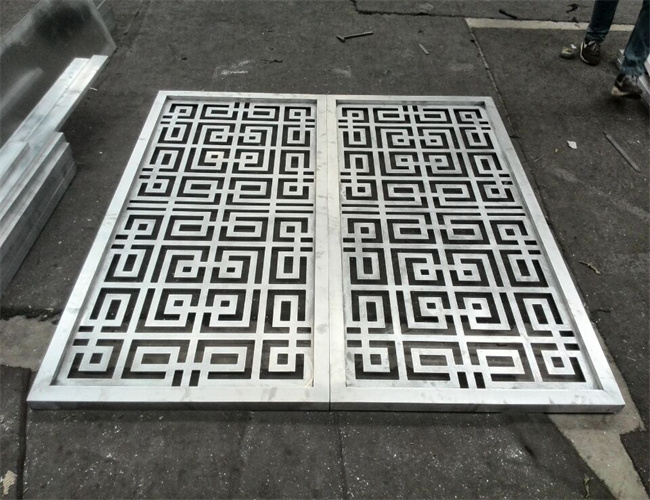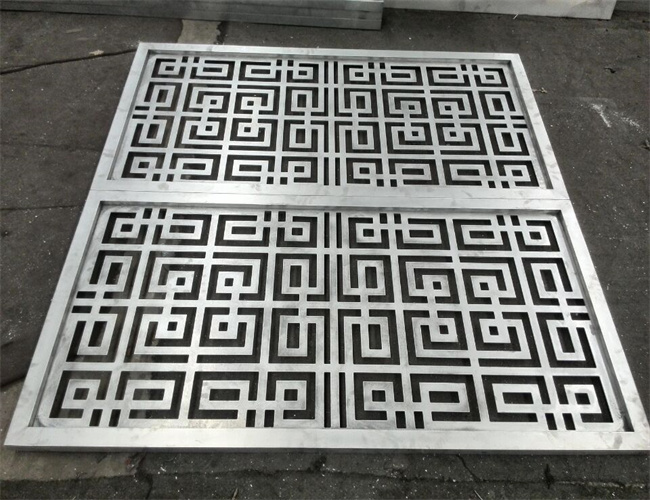How to carve a plate out of aluminum sheet metalworking
Carving a plate out of aluminum can be a rewarding project, combining elements of metalworking artistry with practical application. Whether you're looking to create a decorative piece, a unique sign, or even a functional item like a custom nameplate, the process involves several steps that require patience, precision, and safety precautions. Here's a general overview of how to carve a plate out of aluminum sheet.
1. Design plan of metalworking
Sketch your design: Start with a clear idea of what you want to carve. Draw your design on paper first. Consider the size of the plate and the details of your design.
Transfer design to aluminum plate: Once you're satisfied with your sketch, transfer it to the aluminum plate. You can use a permanent marker for this or a more temporary guide like chalk or a washable marker, depending on the complexity and precision required for your design.
2. Preparing the aluminum plate metalworking
Select the aluminum: Choose an aluminum plate of appropriate size and thickness for your project. The thickness will depend on the purpose of the plate and the depth of the carving.
Cut to size: If the aluminum plate is not already the size you need, cut it to the desired dimensions. This can be done with a metal saw, a water jet, or another appropriate cutting tool, depending on the equipment available to you.
Clean the surface: Clean the aluminum surface with a degreaser or soap and water to remove any oils or residues. Dry it thoroughly.
3. Carving the Aluminum sheet metalworking
Choose your tools: For detailed work, a Dremel tool or a CNC (Computer Numerical Control) machine can be very effective. Hand engraving tools are also an option for more traditional or fine art approaches.
Safety first: Always wear safety glasses and gloves when working with metal and metalworking tools to protect your eyes and hands from metal shavings and sharp edges.
Begin carving: Start carving according to your design. If using a Dremel or other rotary tool, use the appropriate bit for your design's detail level and work slowly to ensure precision. For CNC, you will have programmed your design ahead of time.
Cooling breaks: Aluminum can heat up quickly when being worked on, so take regular breaks to allow the metal to cool down. This is also a good time to check the progress of your work.
4. Finishing Touches metalworking
Smoothing and polishing: After the carving is complete, smooth any rough edges using sandpaper or a metal file. Depending on the desired finish, you can then polish the aluminum with a polishing compound and a buffing wheel.
Cleaning: Clean the plate thoroughly to remove any metal dust or polishing compound residues.
Protective coating: If desired, apply a clear protective coating to help prevent oxidation and maintain the appearance of the plate.
5. Displaying or Mounting metalworking
Consider how to display: Depending on its purpose, you might want to add mounting hardware to the back of the plate, or you might prepare it for display in another manner.
This project requires careful planning and attention to detail, but the result can be a beautifully carved aluminum plate that is both unique and personal. Remember, the more complex the design, the more time and patience it will require to complete metalworking.



